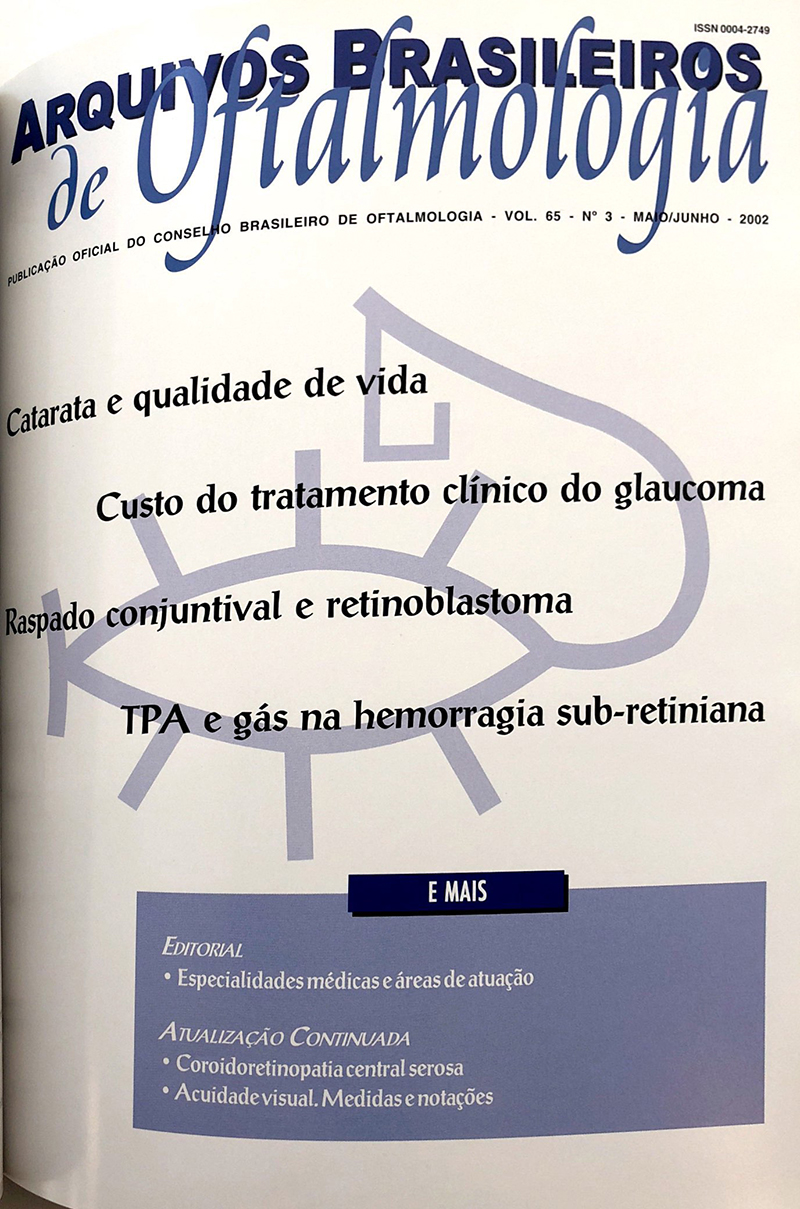Evaluations of the visual function are very intricate since they depend on afferent, efferent and cognitive mechanisms, besides external factors of the examined subject, such as the type of the stimulus and of its presentation. Testing the visual acuity is discussed in its formal aspects related to definitions, quantifications (criteria for the measurements of an angle, size of optotypes), notations (decimal or fractionary), scales (representing angular, linear or logarithmic relationships) and units in which the values are expressed (reciprocal of minutes of arc, pure number, spacial frequency, decibels, octaves). As a consequence, numerical references about visual acuity and respective operations (e.g., calculations of average values, determinations of variations, relationships between them) may lead to very different interpretations of a study, sometimes even opposite, according to the criteria which are used.
Keywords: Visual acuity; Vision tests; Vision tests; Reproducibility of results; Visual fields; Vision disorders; Visual perception; Differential threshold
